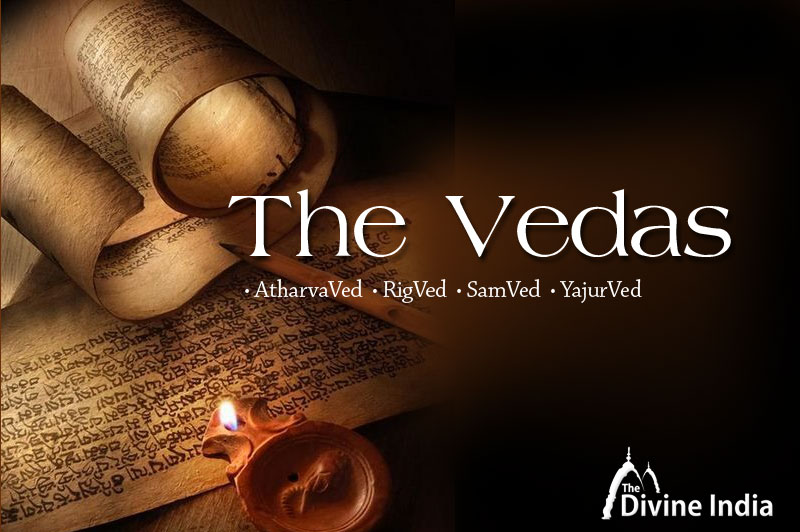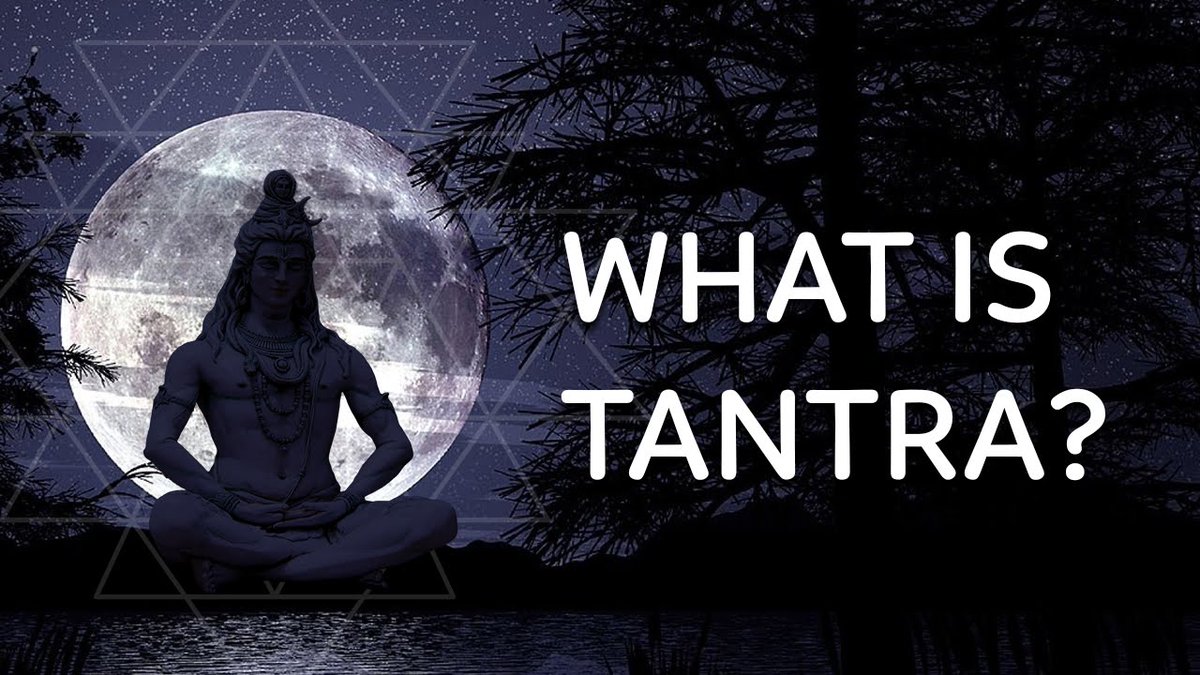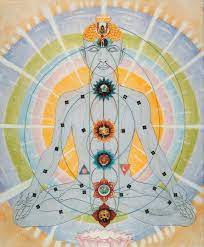Shiva, the Lord of Yoga
Shiva, if we look deeply, is the Supreme Deity of the Rigveda and its four main light forms as Agni, Soma, Surya and Indra (Vidyut).
#Mahashivratri
Har Har Mahadev, #StoryOfLordShiva
Shiva, if we look deeply, is the Supreme Deity of the Rigveda and its four main light forms as Agni, Soma, Surya and Indra (Vidyut).
#Mahashivratri
Har Har Mahadev, #StoryOfLordShiva

This statement may seem unusual, if not absurd, for those used to thinking that Vedas and Agamas are different or that Shiva is not a Vedic deity, because his name and form is not much present there.
#Mahashivratri
Har Har Mahadev, #StoryOfLordShiva

#Mahashivratri
Har Har Mahadev, #StoryOfLordShiva


The problem is that such views only look superficially at the names and forms not to the inner content and energy of the Vedas.
#Mahashivratri
Har Har Mahadev, #StoryOfLordShiva
#Mahashivratri
Har Har Mahadev, #StoryOfLordShiva

Shiva is often called ‘Agni-Somatmakam’, meaning that ‘he has the nature of Agni and Soma’ as fire and water and all the other dualities that the two represent.
#Mahashivratri
Har Har Mahadev, #StoryOfLordShiva
#Mahashivratri
Har Har Mahadev, #StoryOfLordShiva

Agni is his fierce or Rudra form. Soma the blissful & linga form. Shiva is also regarded as Surya or Sun, the pure light, Prakasha. As Prana, Shiva is also Vayu. He is Indra as the lord of perception and the power of mantra.
#Mahashivratri
Har Har Mahadev, #StoryOfLordShiva

#Mahashivratri
Har Har Mahadev, #StoryOfLordShiva


Shiva is the background deity of the Rigveda of which the other four main deities are but forms or manifestations. On one hand, they are facets of Shiva.
#Mahashivratri
Har Har Mahadev, #StoryOfLordShiva

#Mahashivratri
Har Har Mahadev, #StoryOfLordShiva


On the other hand, they are like the sons of Shiva, which are his manifestations, with Rudra as the great father God in the Rigveda. The Vedic Yajna is itself the Tantric Yoga as an outer ritual, worship of the outer fire.
#Mahashivratri
Har Har Mahadev, #StoryOfLordShiva

#Mahashivratri
Har Har Mahadev, #StoryOfLordShiva


Tantric Yoga is the Vedic Yajna internalized, worship of the inner fire of the Kundalini. The worship of Shiva maintains many Vedic forms of fire worship, use of Vedic mantras and communion with nature.
#Mahashivratri
Har Har Mahadev, #StoryOfLordShiva
#Mahashivratri
Har Har Mahadev, #StoryOfLordShiva

Shaivites mark themselves with the sacred ash or Vibhuti from the fire. The Rudram, the most famous chant to Shiva, which is found in the Yajurveda, makes Shiva’s identity with the Vedic sacrifice very clear.
#Mahashivratri
Har Har Mahadev, #StoryOfLordShiva

#Mahashivratri
Har Har Mahadev, #StoryOfLordShiva


• • •
Missing some Tweet in this thread? You can try to
force a refresh
























